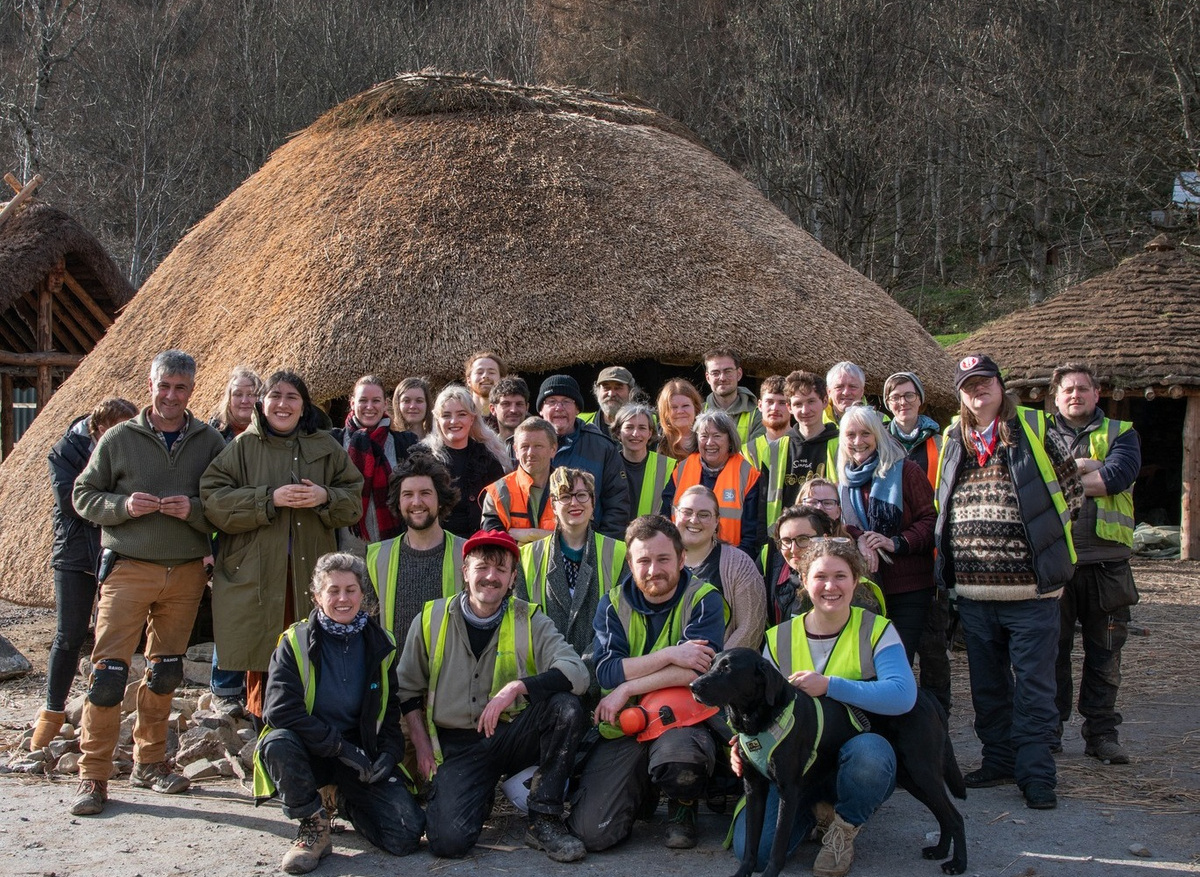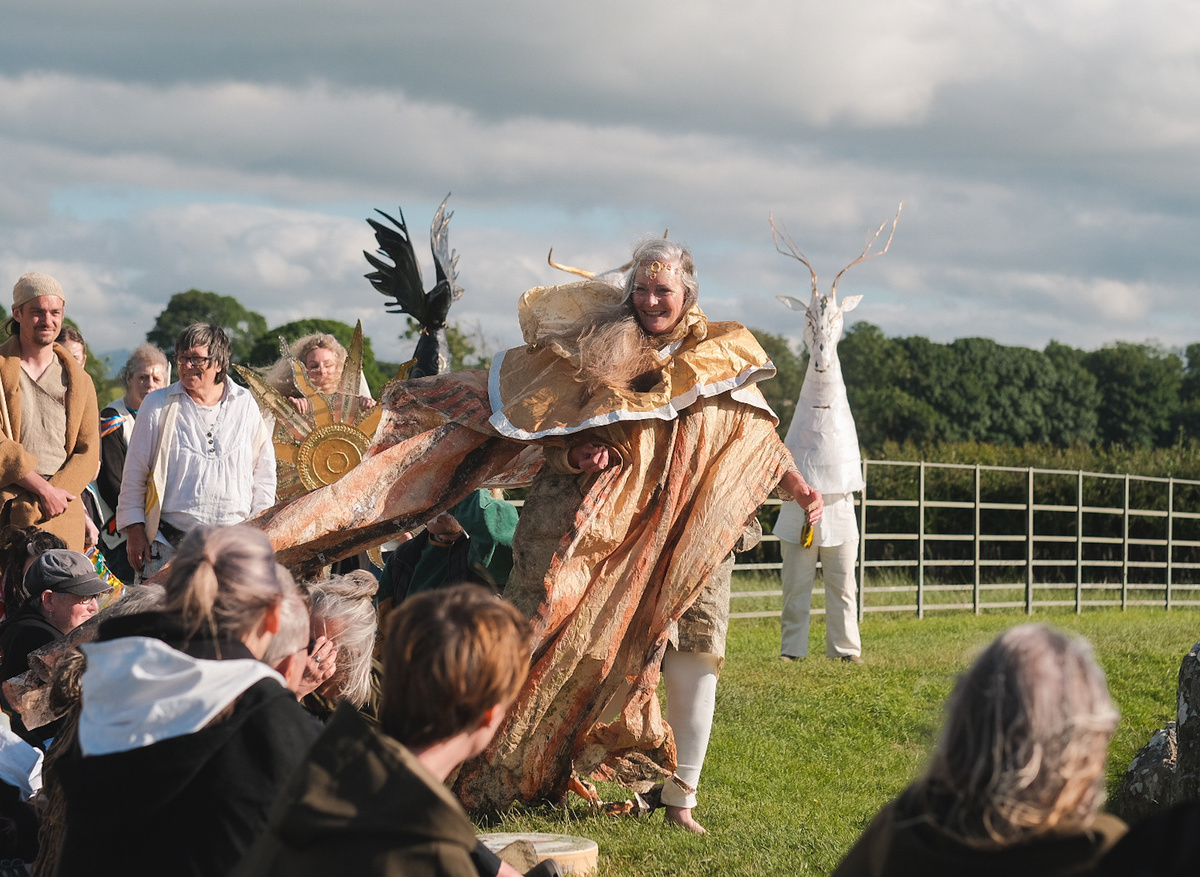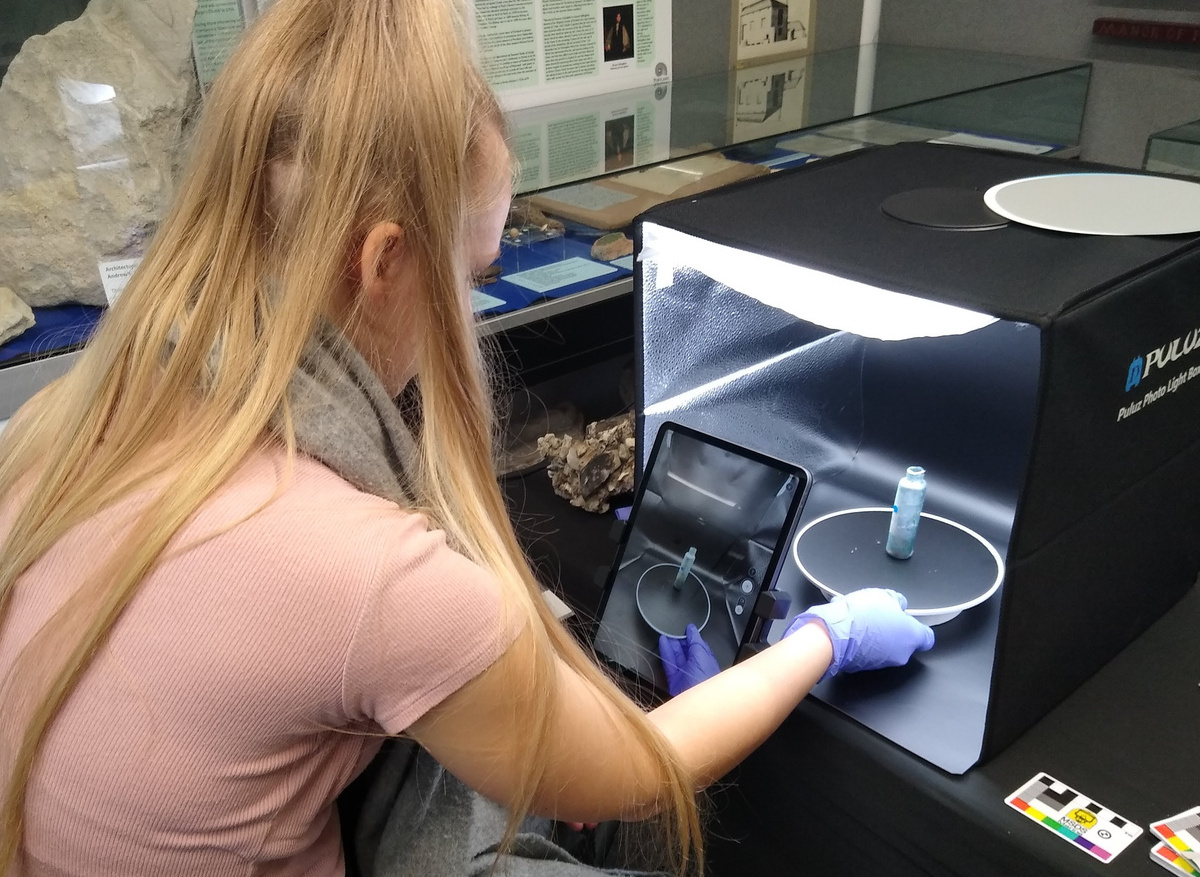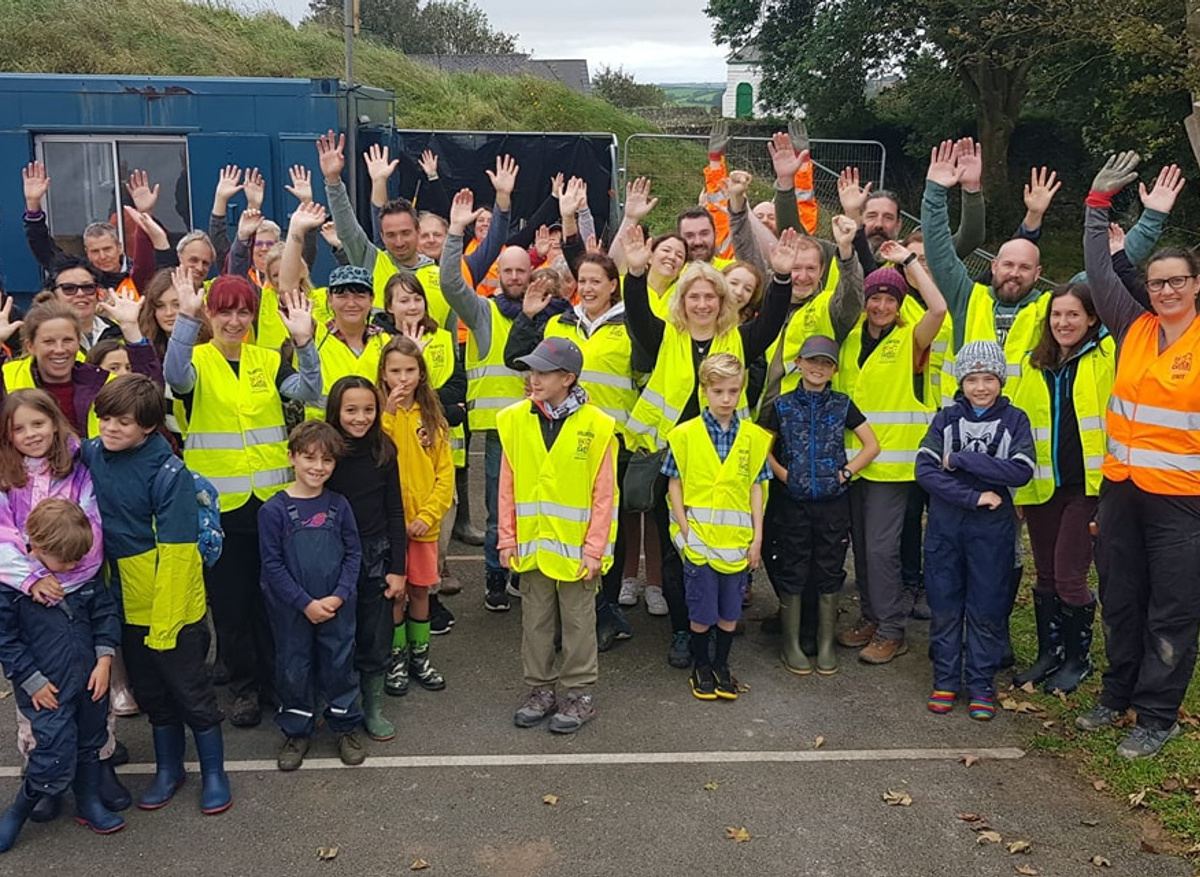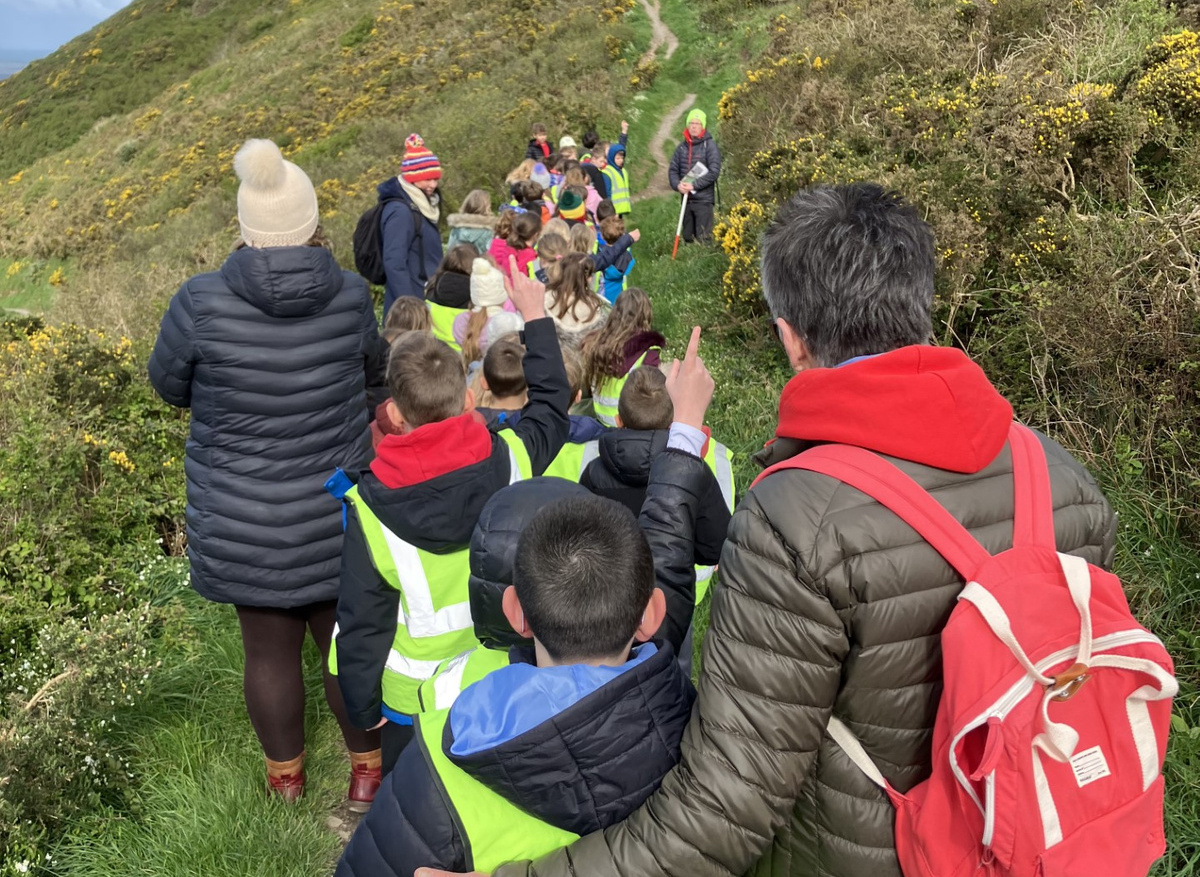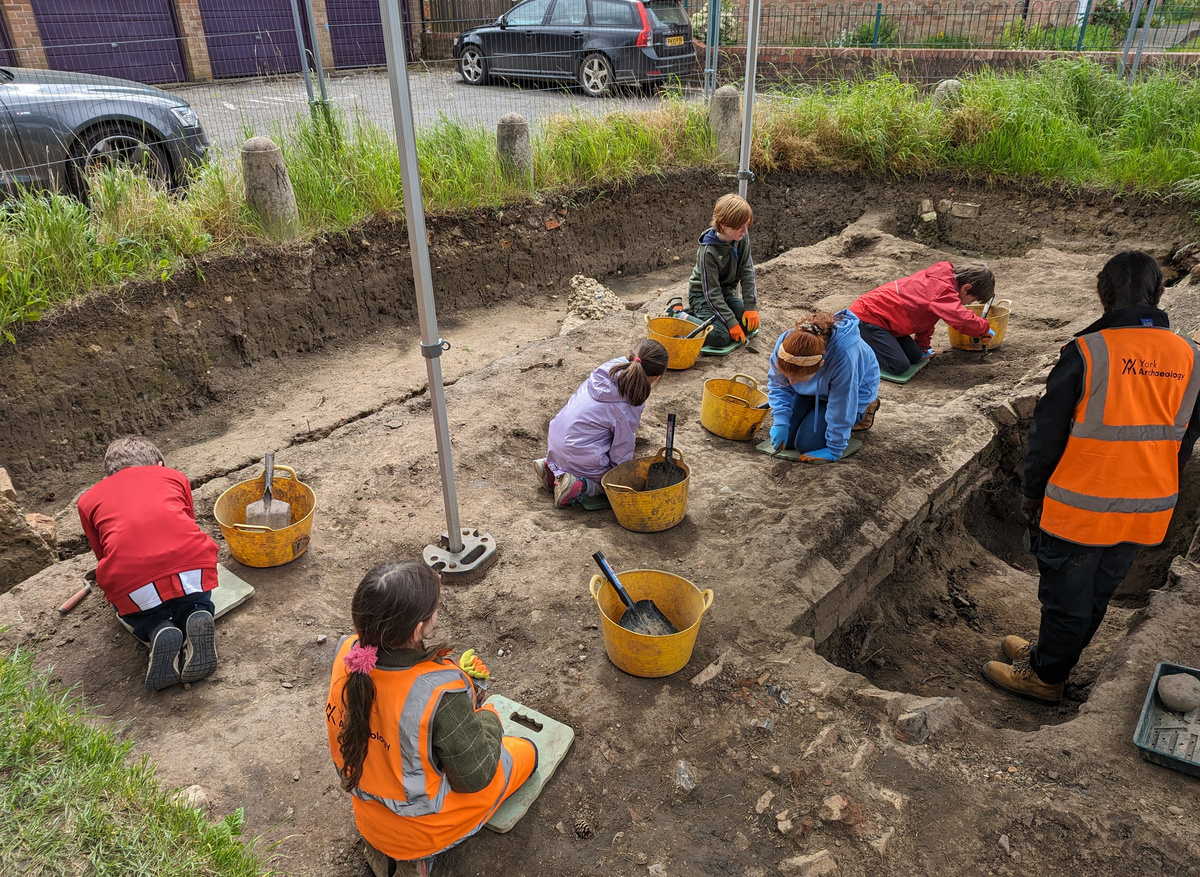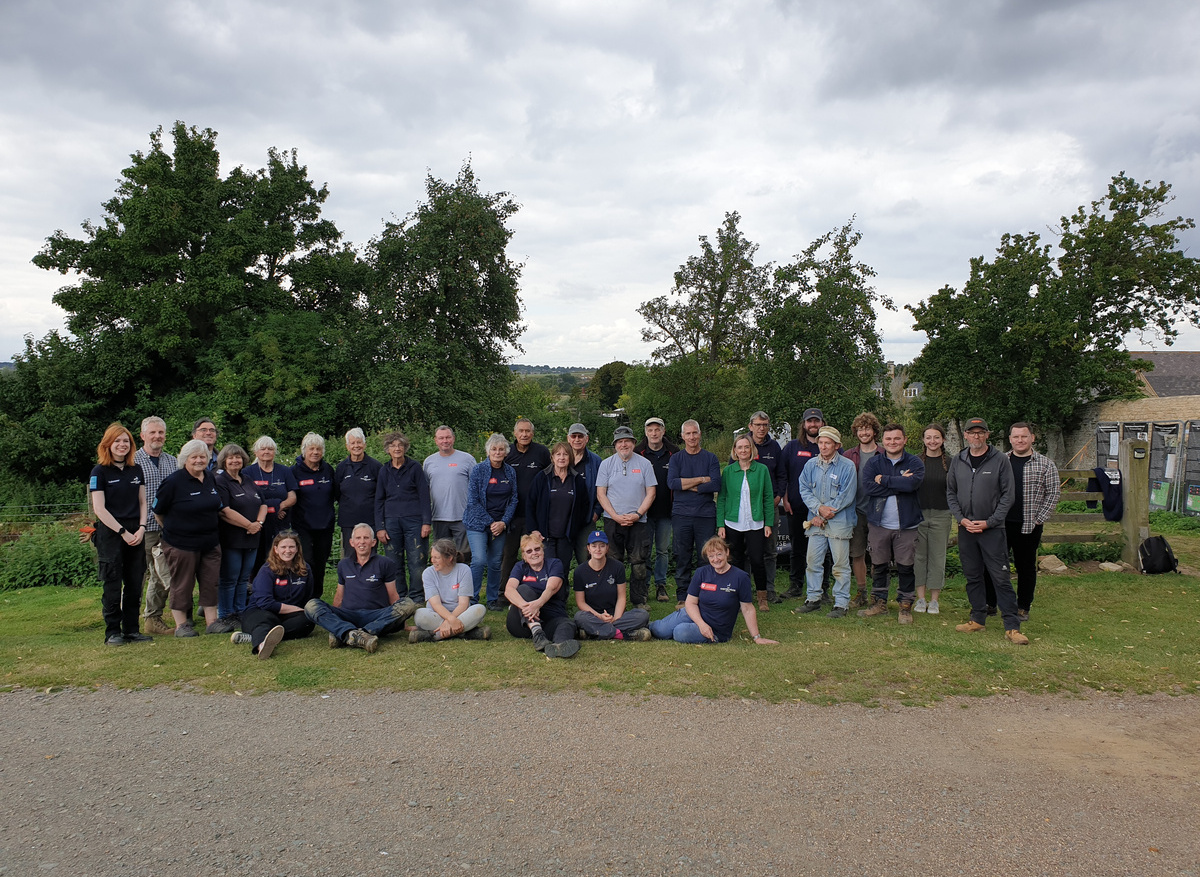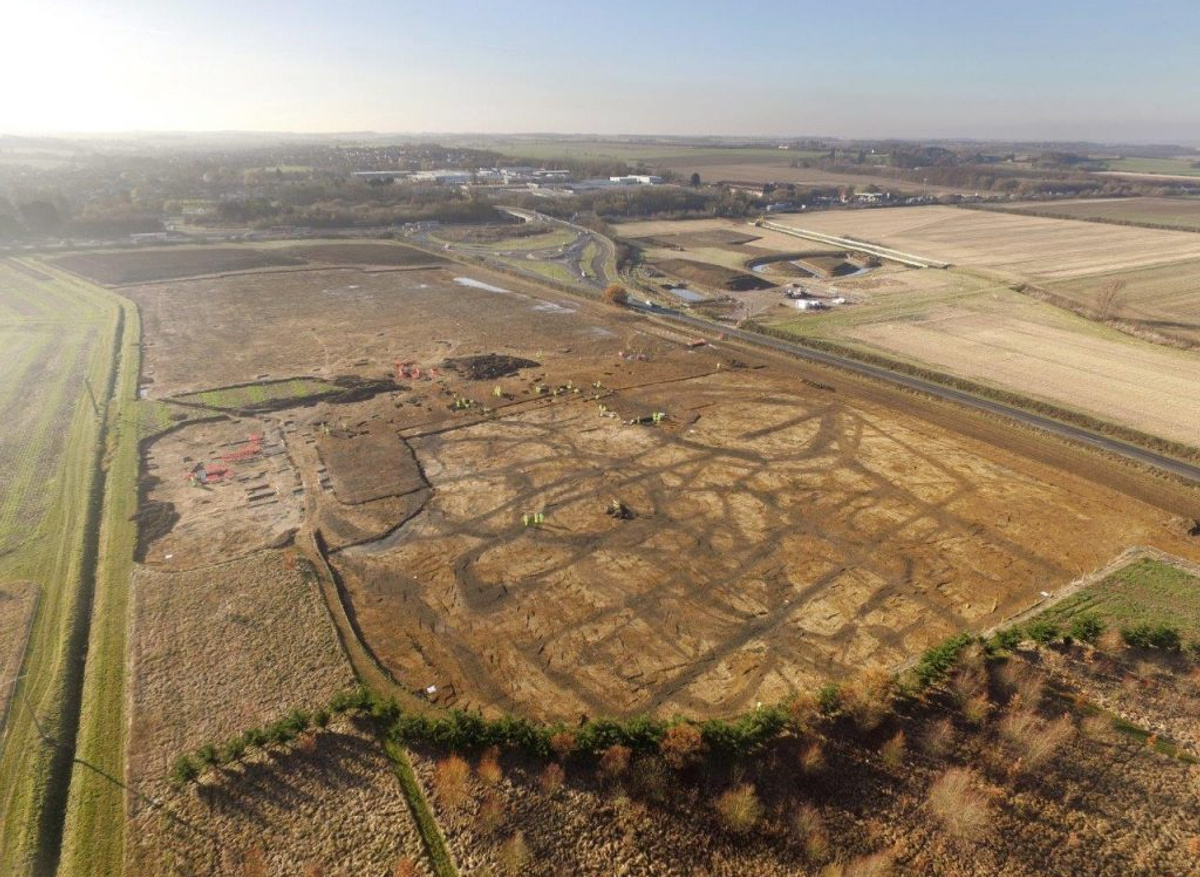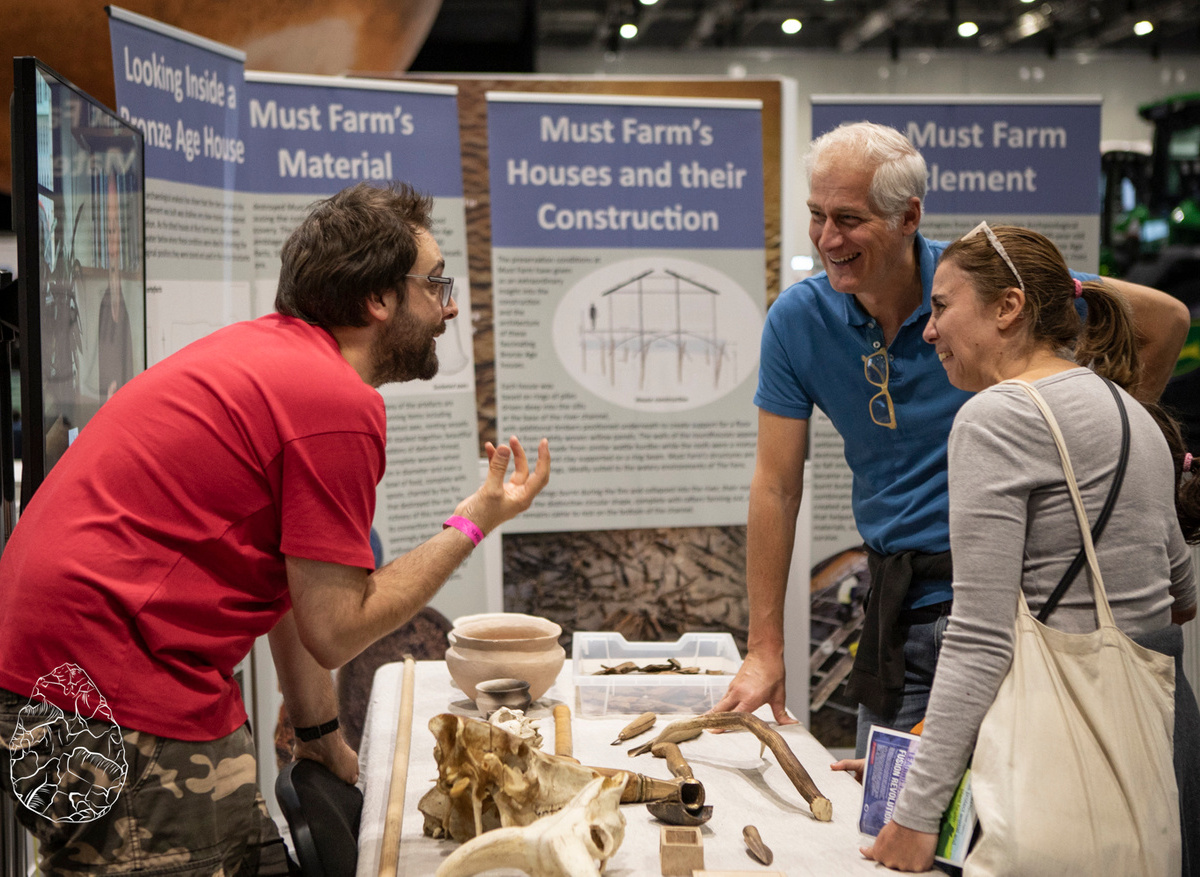We are thrilled to reveal the shortlist for the 2024 Archaeological Achievement Awards, which celebrate the exceptional contributions of archaeologists, heritage professionals, and community projects across the UK and Ireland. These awards highlight groundbreaking work in archaeological research, sustainability, community engagement, and more.
The winners will be revealed at an awards ceremony in Cardiff, Wales, at the Temple of Peace on Friday 22 November 2024, with the event streamed live for those who want to join from home.
Discover the Shortlist
Learning, Training and Skills
Junior Archaeologist Excavation Experience
Long Melford Heritage Trust, Long Meflord C of E Primary School
Over 70 students from Long Melford Church of England Primary School started the new academic year gaining hands-on involvement with an archaeological dig in the school grounds. This unique excavation experience has been organised by members of the Long Melford Heritage Trust Archaeological Team who prepared the site – on the school’s playing field - over the summer.
Kids Dig York
Kids Dig York is a project aimed at children aged 8-12, led by professional archaeologists from York Archaeology. During each 3-hour session, children, accompanied by parents/guardians, get hands-on experience of real archaeological fieldwork in a trench at Willow House, just within the City Walls near Walmgate Bar.
Irchester Field School
Organisational leads: Sarah Scott, Heritage Partnerships Development Director/Professor of Archaeology, University of Leicester (UoL), Jeremy Taylor, Fieldwork coordinator, School of Archaeology and Ancient History (SAAH) University of Leicester, Ben Donnelly-Symes, Northants Archaeological Resource Centre (ARC) Curator, Jack Pishhorn, General Manager, The Chester House Estate /Strategic Lead Culture, Heritage and Tourism, North Northants Council (NNC). Other team members play a lead role in the design and delivery of activities, including a core team from University of Leicester Archaeological Services (ULAS), volunteers, collaborators (including Adam Sutton at Aurelius Archaeology and Creating Tomorrow College, based at the Chester House Estate) and students
An innovative collaboration between North Northants Council (at the Chester House Estate) and the University of Leicester, inspiring and empowering people of all ages to engage in life-enhancing opportunities focused on the small Roman town of Irchester, and the rich archaeology and heritage of the Nene Valley.
This award is sponsored by Archaeological Management Solutions.
Engagement and Participation
Bryn Celli Ddu Public Archaeology Project
Cadw, Think Creatively and Manchester Metropolitan University
GWREIDDIAU (Roots) is the 10th year anniversary of the Bryn Celli Ddu public archaeology project. It is a cross-disciplinary, outdoor arts and heritage project; an opportunity to respond to the Bryn Celli Ddu passage tomb through archaeological excavation, folklore and performance; exploring its histories and ritual using a contemporary lens.
Welcome to the Scottish Crannog Centre
The Scottish Crannog Centre is an open-air museum in Perthshire with a mission to care for and make accessible the finds of Scottish Crannog dwellers for the benefit, enjoyment, education and inspiration of all.
Diving into the Digital Archives of the Earl of Abergavenny
‘Diving into the Digital Archives of the Earl of Abergavenny’ was a project designed to develop digital skills amongst volunteers in the heritage sector. Portland Museum used the archaeological finds from the ‘Earl of Abergavenny’ shipwreck to train volunteers in digital recording techniques and create a publicly accessible digital archive.
Dig the Castle
Emily Wapshott, Archaeologists Engage
The Dig the Castle Project aimed to explore Torrington’s little-understood motte and bailey castle. This project exemplified community involvement, with over 100 adults participating in the excavation and an open day attracting over 200 visitors. Additionally, more than 150 children engaged through school visits and activities.
Digging for Erlestoke
In 1963 a small-scale archaeological excavation took place on the site of HMP Erlestoke in Wiltshire when it was a different institution. During this dig items were found dating back to the Bronze Age. Sixty years on, a team from Wessex Archaeology collaborated with the prison to undertake an archaeological project with a difference. Designed to explore the impact of archaeology and heritage on the well-being of the men from the category C HMP Erlestoke prison. The men were given agency to contribute to every step of the archaeology programme
The Pendinas Hillfort Community Archaeology Project
RCAHMW and Dyfed Archaeological Trust (Heneb)
The Pendinas Hillfort Project was created in response to the desire of members of the Penparcau community to learn more about their hillfort, a prominent landmark in the village, to encourage more visitors to discover its archaeology and wildlife, and to see the monument better maintained.
This award is sponsored by University Archaeology UK.
Archaeology and Sustainability
1000 Fingerprints 1000 Voices
The Scottish Crannog Centre has built a new museum, using locally sourced materials, local skills, and developing and sustaining local resources. In under 3 years we open our doors to the public with a new museum, built by a community, designed by and for the communities we serve – local schools, local charities and organisations, apprentices, refugee groups, mental health groups, our partners, and by MGS, HES and others.
Fair Game: Valuing the bio-cultural heritage of fallow deer and their venison for food security, sustainable woodlands and biodiversity
Fair Game demonstrates how archaeological research can provide solutions to contemporary challenges. Fair Game articulates medieval-style principles and archaeological evidence of fallow deer management, processing and venison redistribution, to transform public understanding and sector partnerships and approaches to deer management, creating positive outcomes for biodiversity, climate action and food justice.
This award is sponsored by National Highways.
Early Career Archaeologist
Anna Giecco
Anna is an ever-curious archaeologist, artist, and photographer, from Cumberland.
With her photos featuring globally and working in a Roman drain, she co-published “Artefacts from a Roman Drain” at 22.
Writing another book to Muppets’ Christmas Carol and Taylor Swift, she cares for animals (including hamster “Moto-moto”) and Etsy shop Felted Fancies.
Laurie Matthews
Rosie Crawford
Kieran Manchip
Stephanie Black
This award is sponsored by The Royal Archaeological Institute.
Public Dissemination or Presentation
Sad Girl Archaeology
'Sad Girl Archaeology is a digital initiative focused on democratising archaeological knowledge through social media platforms. It shifts the narrative from purely academic interpretations to a more emotive and accessible understanding of archaeology.
A14 Cambridge to Huntingdon Road Improvement Scheme
MOLA-Headland Infrastructure (MHI) for National Highways
The A14 scheme is amongst the largest archaeological investigations ever undertaken in the UK. The work covered 232ha and revealed spectacular results, from Pleistocene woolly mammoths to a deserted medieval village. The ambitious post-excavation programme resulted in over 220 outputs aimed at diverse audiences, while the community outreach programme has reached a potential audience of millions.
Must Farm Pile-Dwelling Settlement
The Late Bronze Age pile-dwelling settlement at Must Farm is one of the most important and best-preserved prehistoric sites to have been systematically excavated in Europe. This comprehensive and methodologically innovative investigation provides unprecedented insights into daily life and domestic practice in Bronze Age society.
JustALittleRoo
JustALittleRoo is a free, online access and outreach platform, designed to demystify the transition to higher education as a lower income student, and widen participation in archaeology and related fields. Since 2016, JustALittleRoo has provided free, internationally available careers resources, research tips, insider-views of archaeology and mini-lectures on archaeological topics.
Kilmartin Museum's New Permanent Exhibitions
Dr Sharon Webb OBE, Director and Lead Curator at Kilmartin Museum
Following a £7.8M redevelopment, Kilmartin Museum’s new Permanent Exhibition offers visitors of all ages a fascinating and engaging insight into the lives of people who inhabited one of Scotland’s most significant archaeological landscapes across 12,000 years. Showcasing a Nationally Significant collection, it features artefacts from Kilmartin Glen and across Argyll
Star Carr: Life after the Ice
University of York and York Museums Trust
An accessible and sensory exhibition on the site of Star Carr was co-curated in order to tell the story of what life was like for people living at this important Mesolithic site. This has been accompanied by activities including the building of a Mesolithic house in the museum gardens.
Congratulations to all of the shortlisted candidates, and thank you to all who submitted entries to the awards this year. We had an incredible range of fantastic projects and people nominated.
The winners and highly commended of each category will be announced at an awards ceremony in Cardiff, Wales at the Temple of Peace, on the evening of Friday 22 November, which will be available to stream live. As well as the 5 main awards, winners from each category will be in for the chance of winning the Outstanding Archaeological Achievement Award.
The Archaeological Achievement Awards are kindly sponsored by a range of organisations, supporting our work to celebrate outstanding archaeologists and projects. You can find out more about them below.

